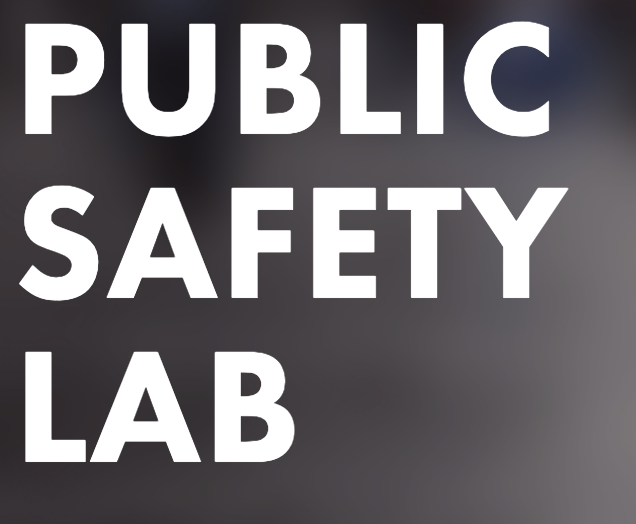NYPD Officer Misconduct Analysis
In the wake of George Floyd's death at the hands of officers of the Minneapolis Police Department, New York State repealed a 1976 law — known as Section 50-a — that had shielded information about police officer misconduct from public scrutiny. In a report commissioned by Arnold Ventures, we analyzed 323,911 misconduct complaints filed against officers of the City of New York Police Department (NYPD) with the Civilian Complaint Review Board (CCRB), released as a consequence of the repeal of Section 50-a. All data and code used to produce the report's findings are available here.
What we found is disturbing — evidence that the NYPD is more tolerant of excessive misconduct in neighborhoods with more Black residents, and that excessive misconduct in these neighborhoods is associated both with excessive stops, and with officers who accumulate large numbers of misconduct complaints.
We gave the NYPD the benefit of the doubt in our analysis. Our starting premise was that officers’ responses to reported crime have the potential to escalate into misconduct complaints. We therefore expected precincts with higher reported crime volume to have higher misconduct complaint volume. That turned out to be true. After mapping approximately 7 million crimes reported between 2006-2019 in New York's 77 precincts and 11 transit districts to the misconduct complaints made against officers assigned to those commands, we found that higher reported crime volume was associated with higher misconduct complaint volume, both for all complaints and for those complaints found to be "substantiated" by the CCRB.
However, even after adjusting for reported crime volume, many precincts still had “excess” misconduct — higher numbers of complaints and substantiated complaints than one would predict, given reported crime volume. As we looked at this "excess" misconduct, troubling patterns emerged.
First, precincts with larger proportions of Black residents had higher levels of excess misconduct complaints, while precincts with larger proportions of non-Hispanic white and Asian residents had lower levels of excess misconduct complaints.
For example, Precinct 75 in Brooklyn (East New York) had the highest rate of excess or unexplained misconduct complaints, averaging 38 more misconduct complaints per year than predicted by its reported crime volume, for an observed rate of misconduct complaints 31% higher than the predicted rate. In the 2010 Census, Precinct 75 was recorded as having 60% Black residents, 3% non-Hispanic white residents, and 5% Asian residents. By contrast, Precinct 122 on Staten Island had one of the lowest rates of excess misconduct complaints, averaging 22 fewer complaints per year than predicted by its reported crime volume, for an observed rate of misconduct complaints 36% lower than the predicted rate. In the 2010 Census, Precinct 122 was recorded as having 3% Black residents, 79% non-Hispanic white residents, and 7% Asian residents. These patterns held throughout the data, both for all complaints and for those complaints found to be substantiated by the CCRB.
Second, after mapping the approximately 4 million stops made by NYPD officers between 2006-2019 to the misconduct complaints, we found that precincts with more excess misconduct also had more excess stops, or higher numbers of stops than one would predict, given reported crime volume. Residents of Precinct 75, the precinct with the highest level of excess misconduct, experienced approximately 4,000 more pedestrian stops per year than predicted between 2006 and 2019. Residents of Precinct 122 experienced approximately 3,500 fewer pedestrian stops than predicted over the same period. This pattern held throughout the data, both for all complaints and for those complaints found to be substantiated by the CCRB.
Third, precincts with more excess misconduct tolerated officers who accumulated more misconduct complaints. In Precinct 75, the precinct with the highest level of excess misconduct, an officer accused of misconduct between 2006-2019 had on average 6.4 complaints brought against him during that period. Officers accused of misconduct in Precinct 122 averaged 38% fewer complaints per accused officer over the same period. This pattern held throughout the data, both for all complaints and for those complaints found to be substantiated by the CCRB.
Fourth, these findings were related. Precincts with larger proportions of Black residents (like Precinct 75) tolerated not only disproportionately high levels of excess officer misconduct, but also disproportionately high levels of excess stops and misconduct committed by disproportionately fewer officers. Again, these patterns held throughout the data, both for all complaints and for those complaints found to be substantiated by the CCRB.
New Yorkers have a right to expect policing that is both responsive and fair. But the patterns revealed by our analysis indicate that how a neighborhood is policed depends on how many of its residents are Black. There are more incidents of officer misconduct unrelated to a precinct's reported crime volume, more stops unrelated to a precinct's reported crime volume, and misconduct that is committed by fewer officers, in precincts with more Black residents.
Click on the image to the left to access the Public Safety Lab NYPD Officer Misconduct Analysis. Data and code available here.


